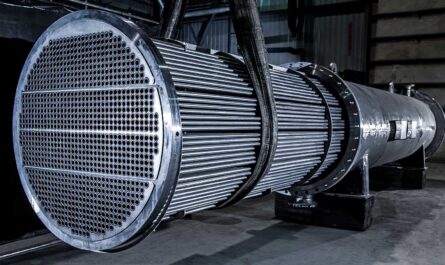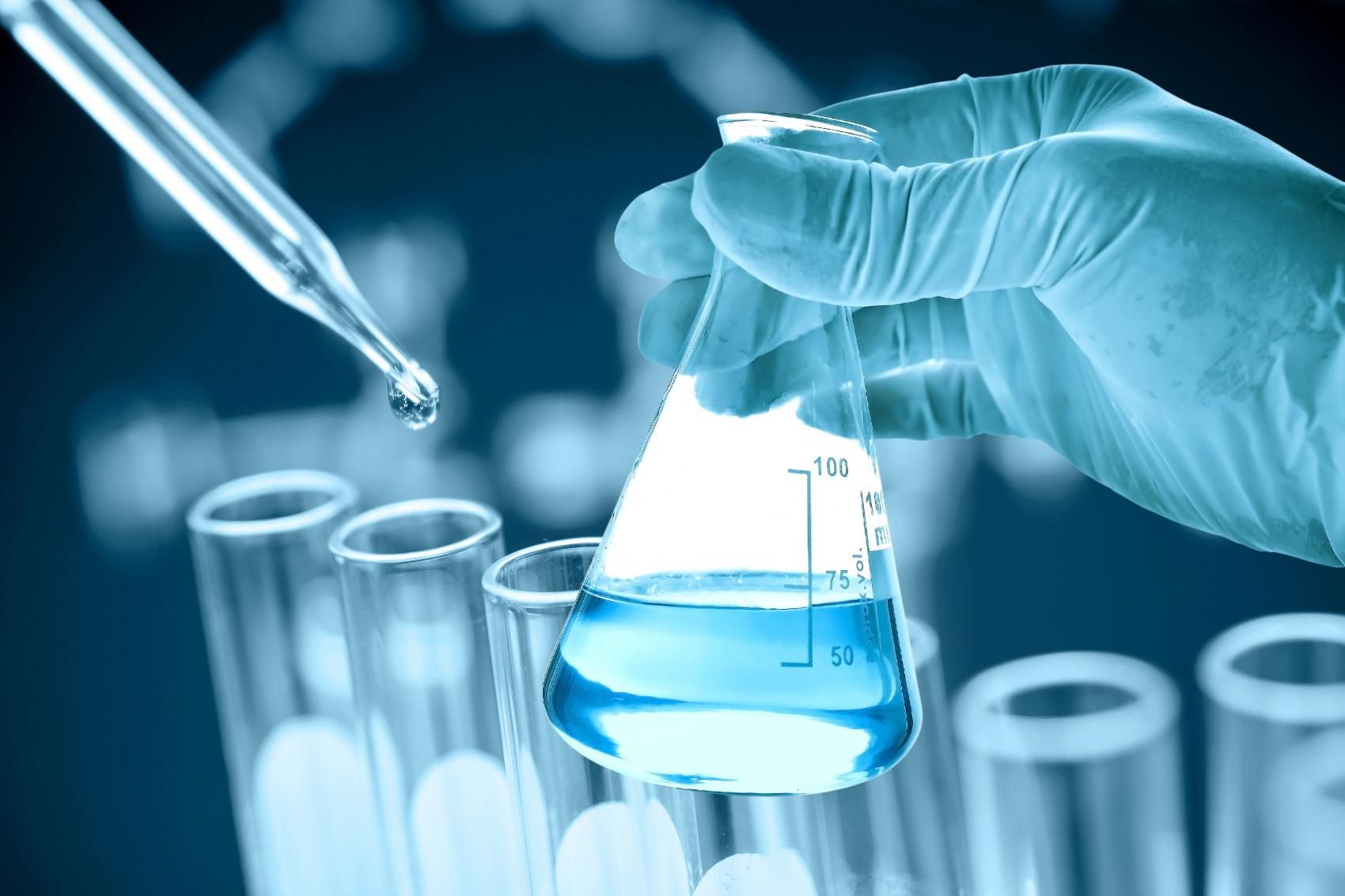Introduction to Biosensors
Biological sensors have emerged as an important class of analytical devices that utilize biological or biologically-derived sensing elements integrated or coupled with physiochemical transducers and associated electronics. These devices can quantitatively monitor specific chemical reactions or detect the presence of target analytes in complex biological and environmental samples.
Classification of Biosensors
Biosensors can be broadly classified based on the bioreceptor used and the physiochemical property being transduced. In terms of bioreceptors, biological sensors may use enzymes, antibodies, nucleic acids, tissues or whole cells. With regard to transduction, biological sensors rely on electrochemical, optical, thermal or piezoelectric methods of signal generation and measurement.
Some common types of biological sensors include:
Enzyme-based biological sensors: These utilize oxidoreductase or hydrolase enzymes as the biorecognition element. Glucose oxidase and urease are commonly used enzymes in commercial products.
Immunosensors: Antibodies and antibody fragments are the biorecognition elements in immunosensors. These highly specific biological sensors are ideal for detection of markers, pathogens and toxins.
Nucleic acid biological sensors: DNA or RNA aptamers as well as oligonucleotide probes often act as bioreceptors in these biological sensors. Nucleic acid biological sensors are applied in genetic analysis and clinical diagnostics.
Whole cell biological sensors: Living microbial cells or mammalian cell preparations function as biocatalysts. Whole cell biological sensors are employed in environmental monitoring of toxins and pollutants.
Transduction Methods in Biological sensors
As mentioned previously, biological sensors use different transduction principles to convert biological recognition events into measurable signals. Here we outline the major transduction modes:
Electrochemical biological sensors: Changes in electrical properties such as current, potential, impedance or conductivity are monitored upon interaction of the analyte with the bioreceptor. Amperometric, potentiometric and conductometric techniques are commonly employed.
Optical biological sensors: Effects like absorption, fluorescence, luminescence, refractive index or surface plasmon resonance are measured optically. Fiber-optic, surface plasmon resonance and evanescent wave-based configurations are popular.
Piezoelectric biological sensors: Mass changes triggered by Recognition layers are translated into oscillatory signals or frequency shifts using piezoelectric crystals and polymers like quartz crystal microbalance devices.
Thermal biological sensors: Heat effects during bioreactions are transduced to outputs by calorimetric, thermocouple or thermistor-based arrangements. Isothermal titration calorimetry is an important technique.
Applications of Biological sensors
The versatility of biological sensors has enabled a wide range of applications in clinical analysis, food and environment monitoring, bioprocess control and homeland security. Here are some examples:
Clinical diagnostics: Glucose monitors, pregnancy tests, infectious disease tests, cardiac marker tests, etc. exploit biological sensors.
Environmental monitoring: Heavy metal, pesticide residues and water quality are assessed using whole cell and affinity biological sensors.
Bioprocess control: Fermentation processes employ online biosensing of glucose, oxygen, pH and toxicity parameters.
Food analysis: Pathogen detection, freshness checking, and GMO screening in the food industry employ biological sensors.
Homeland security: Biological sensors integrated into portable platforms detect explosives, chemical weapons and contraband at airports and borders.
Challenges and Future Directions
While biological sensors have enabled significant advances, there are technical challenges restricting their widespread adoption. Ensuring long-term response stability, high selectivity in complex samples, miniaturization and multiplexing remain active areas of research. Promising future directions include development of:
— Nanoscale, label-free biosensing platforms with single molecule detection capability.
— Integrated lab-on-chip systems for portable, rapid diagnostics.
— Implantable, minimally invasive biological sensors for continuous healthcare monitoring.
— Highly multiplexed microarrays and microfluidic platforms for automated analysis.
In Summary, with further innovations addressing existing limitations, biological sensors have. tremendous scope to augment various areas of medical diagnostics, biomanufacturing, environmental protection and national security in the coming decades.
*Note:
1. Source: Coherent Market Insights, Public sources, Desk research
2. We have leveraged AI tools to mine information and compile it



